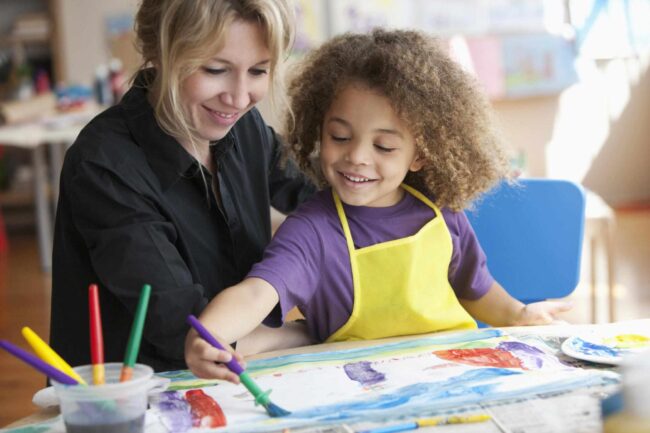Illuminating Pathways
As we delve further into the realm of art therapy in family psychology with therapist on Long Island, this next question prompts us to explore specific techniques that prove particularly effective in addressing family problems. Are there specific art therapy techniques that stand out in the context of family counseling?
Art therapy encompasses a diverse range of techniques, each uniquely suited to address various aspects of family dynamics and challenges. Here, we will explore a selection of art therapy techniques that have proven effective in promoting communication, understanding, and harmony within families.

This technique involves each family member contributing images, words, or symbols that represent their feelings, aspirations, and experiences. As these individual elements come together to form a collective collage, the family gains insight into the shared values and unique perspectives within the unit.
Family members engage in spontaneous drawing exercises that focus on expressing emotions without the constraints of realistic representation. This technique allows for the exploration of subconscious thoughts and feelings, opening avenues for discussion and understanding.
Utilizing clay or other sculpting materials, family members create symbolic representations of their relationships, roles, and dynamics within the family. This hands-on approach provides a three-dimensional exploration of the family narrative, fostering insights into power dynamics and relational structures.

Mandala creation involves each family member contributing to the design of a circular artwork. This collaborative process encourages the exploration of balance, unity, and interconnectedness within the family. The mandala becomes a visual representation of the family’s collective journey.
Integrating photography into art therapy, family members capture images that hold personal significance. These photographs become a catalyst for discussions about memories, experiences, and perspectives. Photo-therapy provides a tangible and visual way to explore the family narrative.
Family members create artwork that represents their perceptions of one another’s roles within the family. This technique allows for a safe exploration of expectations, assumptions, and potential role adjustments. Discussing these representations promotes empathy and understanding.
Using colors, shapes, and symbols, family members create visual maps of their emotional landscapes. This technique facilitates the identification and communication of emotions, offering a shared language for discussing individual and collective feelings within the family.
Family members construct a visual timeline of significant events, milestones, and challenges in their shared history. This collage serves as a reflective tool, allowing the family to explore the impact of past experiences on their current dynamics and relationships.
These art therapy techniques are not only creative but also strategic in addressing specific aspects of family issues. By engaging in these activities, family members can uncover insights, improve communication, and collaboratively work towards building a healthier and more harmonious family dynamic.